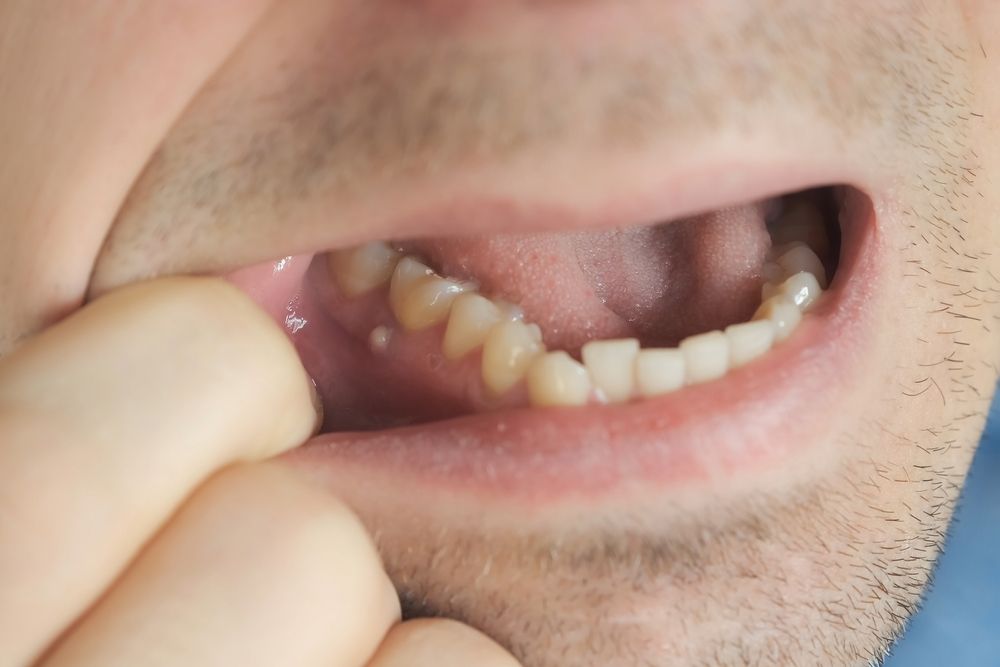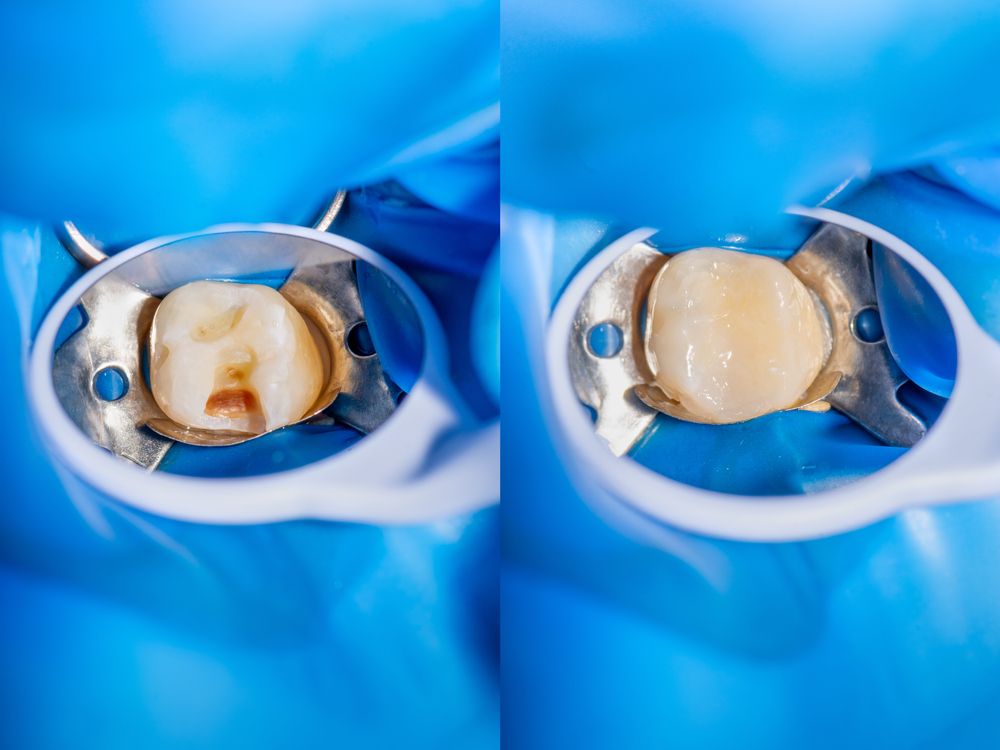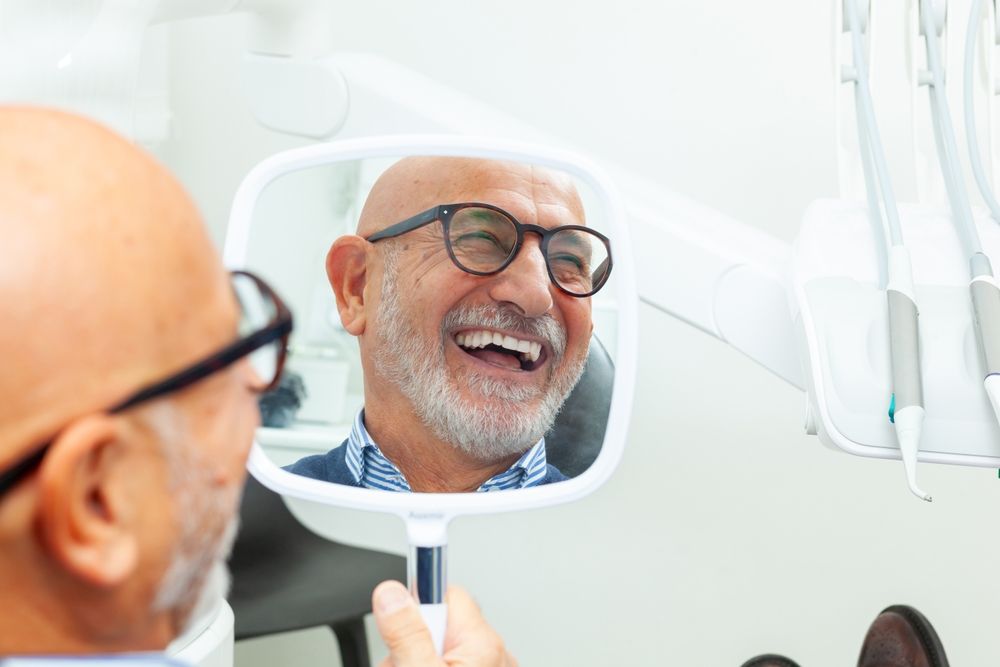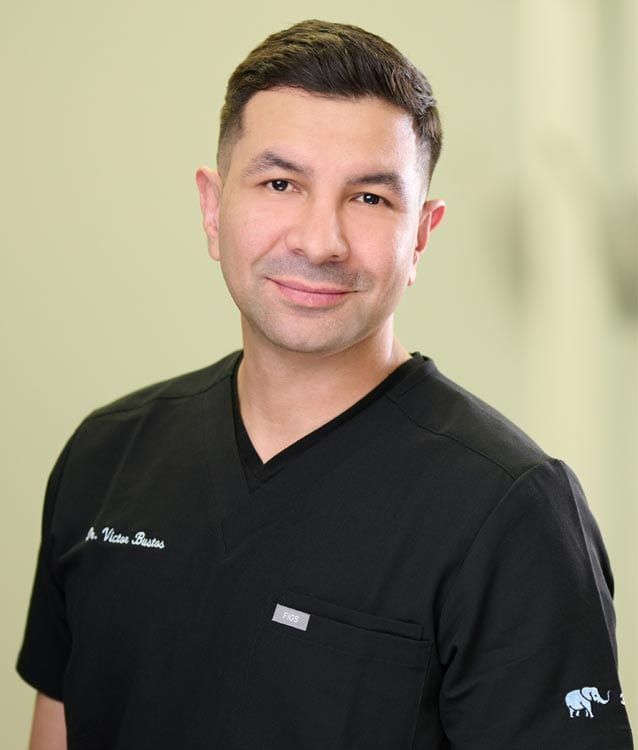The world of dentistry has always been at the forefront of adopting innovative technologies to improve patient care, and 3D printing is no exception. Over the past decade, 3D printing has revolutionized various industries, and its impact on dental applications is profound. Let’s delve into the advancements in 3D printing for dental applications and how they’re shaping the future of dental care.
Understanding 3-D Printing for Dental Applications
3D printing, also known as additive manufacturing, is a process where materials are layered upon one another to create three-dimensional objects from a digital design. In the realm of dentistry, this technology has found a significant place due to its precision, efficiency, and customization capabilities.
For dental applications, 3D printing involves the use of specialized dental resins or materials to produce a range of dental products. One of the primary uses is the creation of dental models. These models, often derived from digital scans of a patient’s mouth, serve as a reference for dental professionals to plan treatments, design dental prosthetics, or educate patients about their oral conditions.
Beyond models, 3D printing is extensively used to produce orthodontic devices. Clear aligners, for instance, are custom-made for each patient using 3D printing to ensure a perfect fit and effective treatment. These aligners offer a modern alternative to traditional braces, providing both discretion and comfort.
Another pivotal application is the production of dental restorations, such as crowns, bridges, and dentures. Traditional methods might require patients to wait for days or even weeks as impressions of their teeth are sent to external labs for the fabrication of the restoration. With 3D printing, dental clinics can produce these restorations in-house, often within hours, ensuring quicker treatment times and a more precise fit.
Furthermore, surgical guides, essential for procedures like implant placements, can be 3D printed to offer surgeons a roadmap for accurate and safe surgeries. These guides ensure that implants are placed at the correct depth and angle, minimizing potential complications.
In essence, 3D printing for dental applications is revolutionizing the field by offering tailor-made solutions, reducing treatment times, and ensuring high precision in dental procedures. As technology continues to advance, its role in dentistry is set to become even more integral, promising better patient experiences and outcomes.
Advances in 3-D Printing for Dental Applications
Customized Dental Implants and Crowns
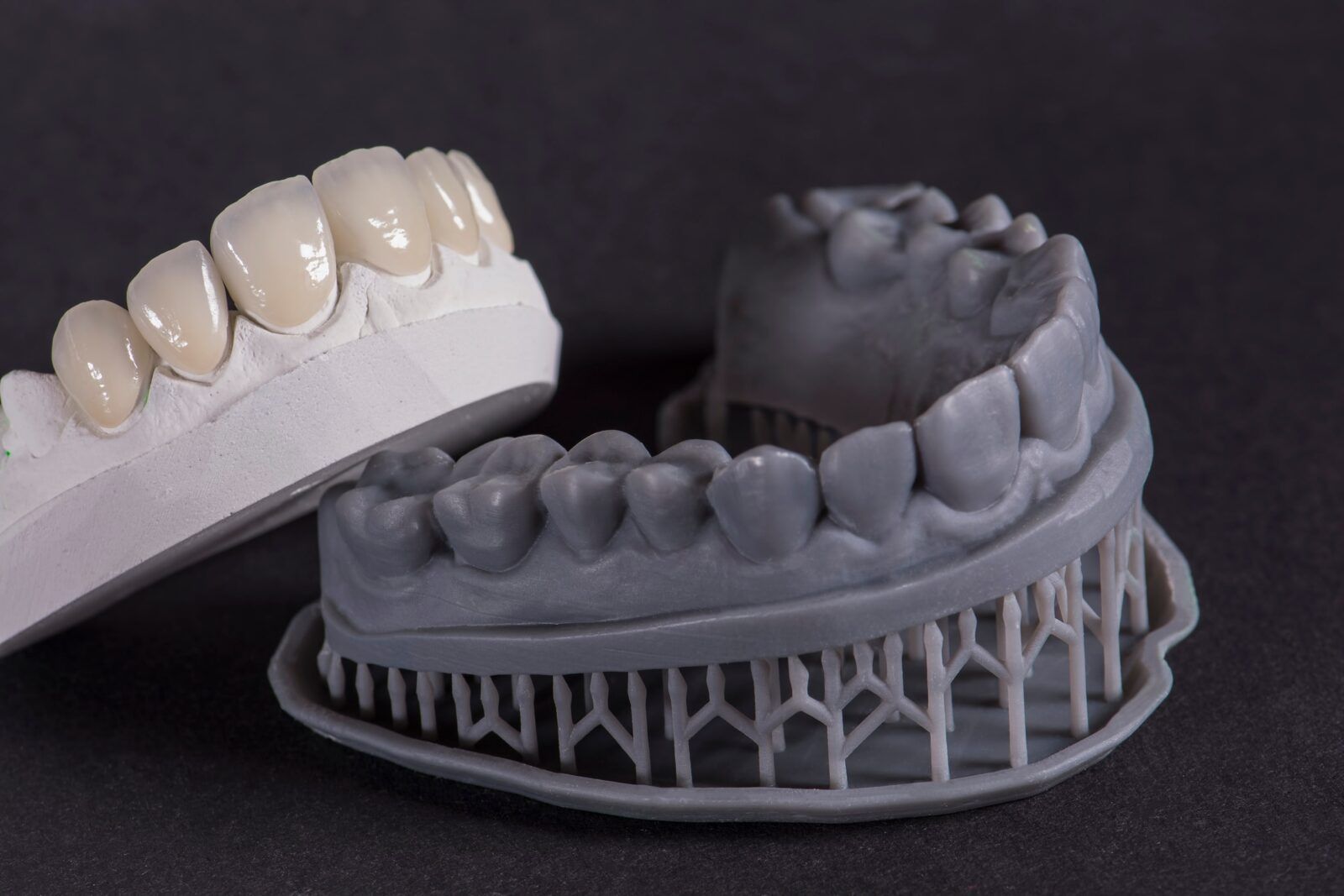
Traditional methods of creating dental implants and crowns often involve multiple visits, molds, and waiting periods. With 3D printing, dental professionals can design and produce customized dental implants, crowns, and bridges with precision in a fraction of the time. This not only ensures a perfect fit for the patient but also reduces the overall treatment time.
Orthodontic Devices and Clear Aligners
The orthodontic world has seen a significant shift with the introduction of 3D printed clear aligners. Companies like Invisalign have pioneered this approach, offering patients a discreet and comfortable alternative to traditional braces. The ability to produce these aligners in-house in dental clinics further reduces costs and waiting times for patients.
Dental Models and Surgical Guides
3D printing has made the creation of dental models more accurate and efficient. These models are crucial for treatment planning and patient education. Additionally, surgical guides printed using 3D technology ensure that dental surgeries, like implant placements, are executed with utmost precision, reducing risks and improving outcomes.
Bioprinting and Tissue Regeneration
One of the most exciting advancements in 3D printing for dental applications is bioprinting. Researchers are exploring the potential of 3D printing to regenerate dental tissue, including gums and even teeth. While still in the experimental phase, the prospects of regenerating dental tissue using a patient’s cells could redefine dental treatments in the future.
Cost Efficiency and Accessibility
3D printing reduces the dependency on external labs, leading to cost savings for both dental professionals and patients. Moreover, with the technology becoming more accessible, even remote dental clinics can offer advanced treatments, bridging the gap in dental care quality across regions.
In Conclusion
The advancements in 3D printing for dental applications are not just enhancing the quality of care but are also making treatments more accessible and affordable. As the technology continues to evolve, we can expect even more groundbreaking applications in the dental realm, making smiles healthier and brighter for everyone. Whether you’re a dental professional or a patient, the future of dentistry with 3D printing looks promising and exciting.

